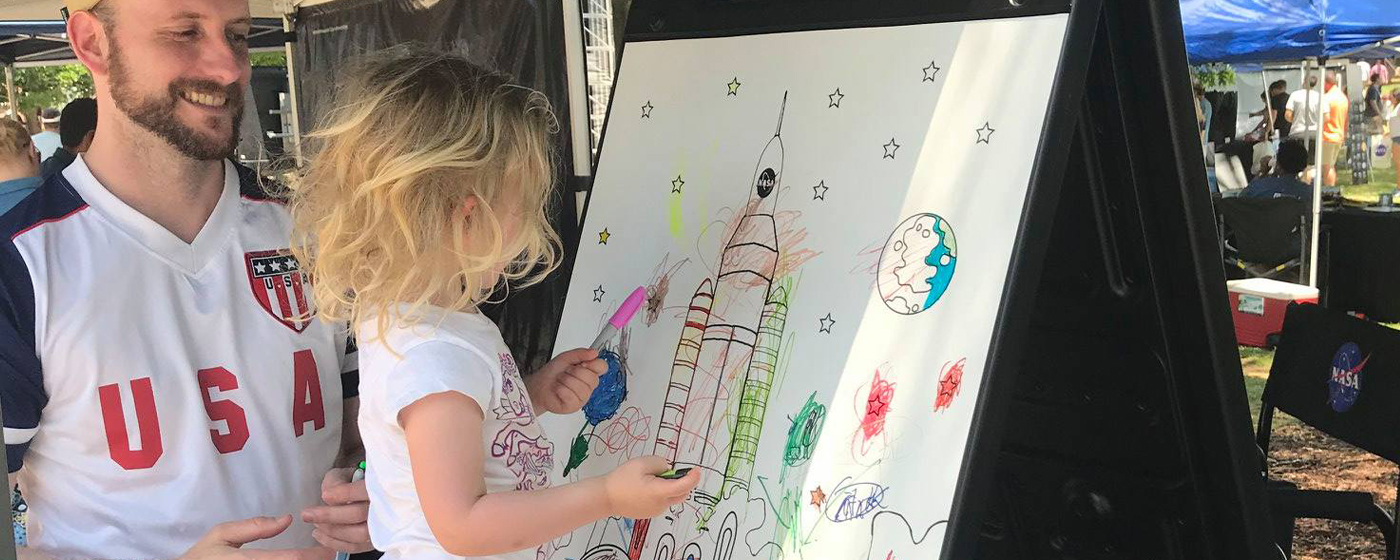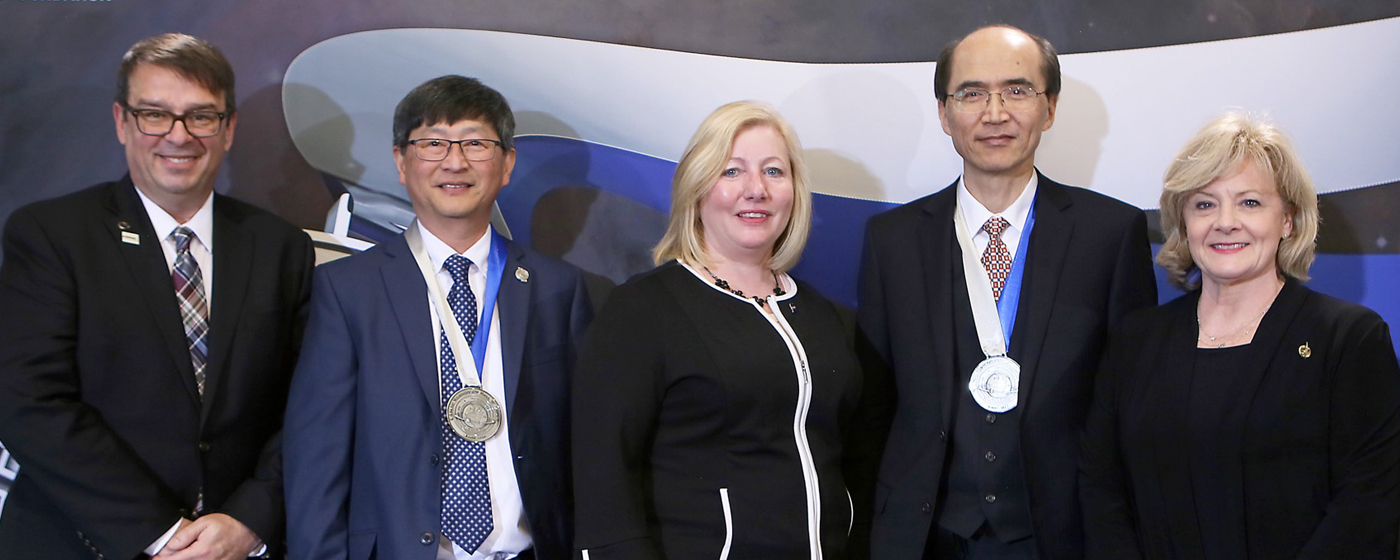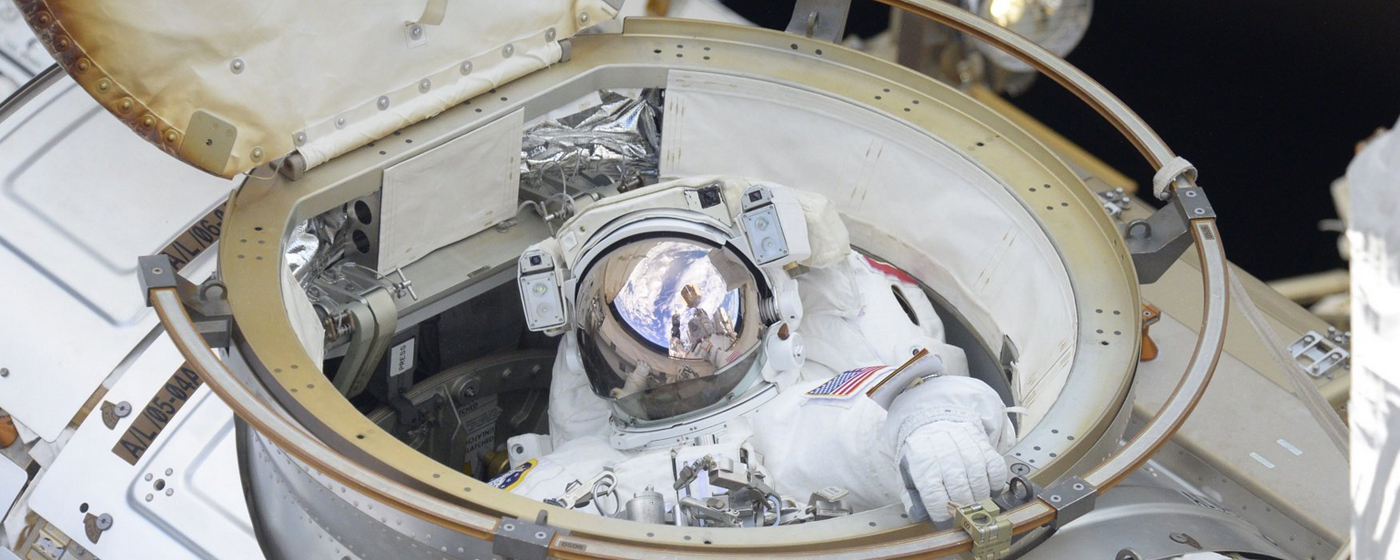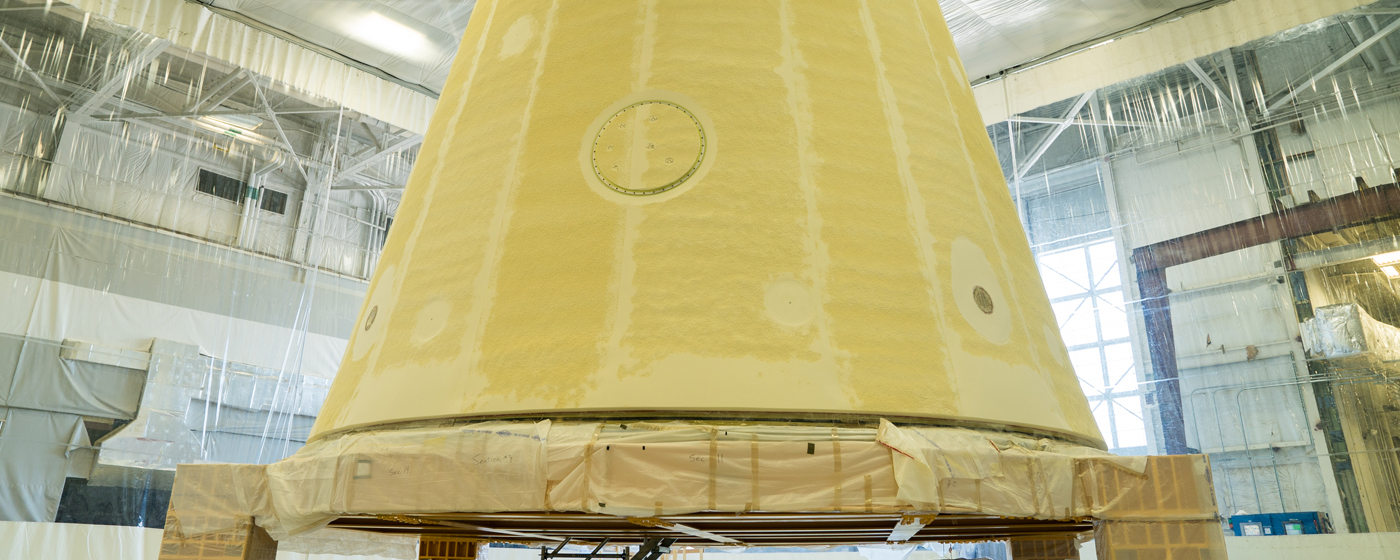NASA in the Park Draws Large Crowd
Big Spring Park in downtown Huntsville was filled with over 9,000 visitors eager to learn about NASA’s past, present and future as NASA’s Marshall Space Flight Center in Huntsville, Alabama, celebrated the agency’s 60th anniversary at this year’s NASA in the Park event, held June 16. The event featured more than 60 exhibits and demonstrations by NASA experts, as well as performances by Marshall musicians, and hands-on educational activities.
Two NASA Inventors Inducted into Space Technology Hall of Fame
A new high-strength aluminum alloy developed at Marshall and its inventors have been inducted into the Space Foundation’s Space Technology Hall of Fame. NASA 398 has been used in boat engines, underground tunnels and recognized worldwide as one of the life-changing technologies to significantly improve the quality of life on Earth.
Spacewalkers Complete HD Camera Installation Work
Expedition 56 Commander Drew Feustel and Flight Engineer Ricky Arnold of NASA completed the sixth spacewalk at the International Space Station this year on June 14. During the 6 hour, 49 minute spacewalk, the duo successfully installed new high-definition cameras that will provide enhanced views of approach and docking of spacecraft for NASA’s Commercial Crew Program.
Foam and Cork Insulation Protects Deep Space Rocket from Fire and Ice
NASA technicians have completed application of spray-on foam thermal insulation on the Launch Vehicle Stage Adapter, which is being outfitted for Exploration Mission-1, the first flight of NASA’s new rocket, the Space launch System and the Orion spacecraft. The spray-on foam, manually applied at Marshall, protects the rocket from the extreme temperatures present at launch — ranging from minus 423 degrees Fahrenheit to more than 200 degrees Fahrenheit.
For more information or to learn about other happenings at NASA’s Marshall Space Flight Center, visit NASA Marshall. For past issues of the ICYMI newsletter, click here.




























